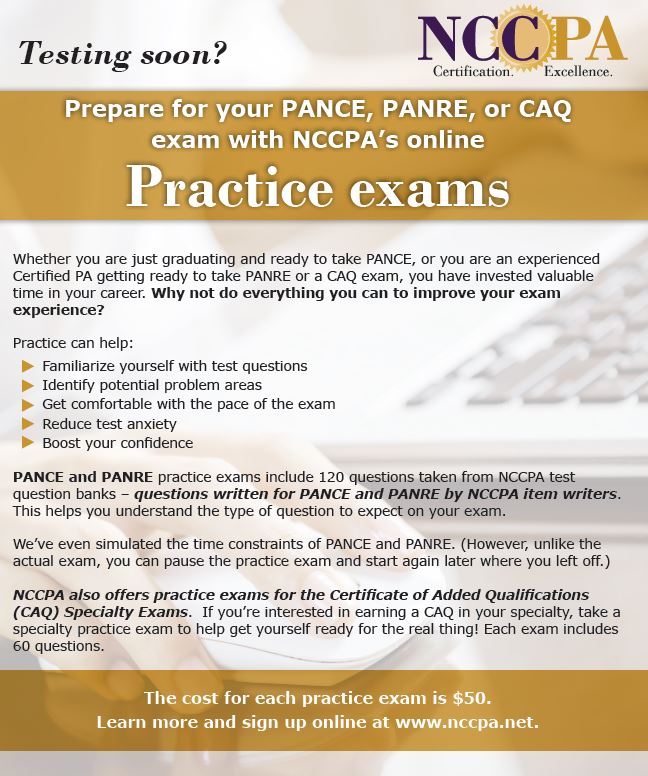
Lastly, what do we do about guidelines which aren't clear or with those treatment options that don't have a definitive role?

But, guess what? In clinical practice, the ulcer can be painful.Īgain, here lies the difference between exams and real life you will never see syphilis present this way on your exam… because it would be unfair. On exams, syphilis always presents with a painless genital ulcer. Syphilis is another great example of this. Learn these, because it would be unfair to test you on unusual presentations and/or on uncommon scenarios. The only way to do this is to give you associations, classic presentations, triads, etc. This means they have to tell you something pertinent to make the diagnosis. In real life, you will get the information you ask for.On your exam, you will get all the information up front.Your exam will give you everything you need to know to make the diagnosis and to properly treat the patient. If they give you more than one option, they must give you a scenario, with some sort of contraindication. This means you will only be presented with one option. What's important here is understanding they won't ask you to choose - so long as they are all considered to be equal in the context of the question. What if they put all three choices on your exam, which will you choose?! Something, most struggle with, is deciding whether to order a CT vs MRI vs ultrasound - when all are considered acceptable. Now, let’s focus our attention on a few scenarios… As such, it is recommended to spend more time on these specific organ systems! Some systems are more heavily weighted than others ( see table above). Make sure you have enough time to cover each and every topic. Studying should be guided by the NCCPA PANCE blueprint, which quite literally lists all the topics-categorized by organ systems- that could be on the exam.ĭo you get the inkling that this blueprint is perhaps the most important study guide ever? Yep! Just focus on what really matters: Passing the PANCE! Yes, some sections were moved to other organ systems, new titles were given to other sections, etc. What has changed in the 2021 NCCPA blueprint?Īs of 2021, there are changes in the content of the blueprint - creation of new sections and increases or decreases in other sections.īelow you will find a table that lists the changesīesides this table, I wouldn’t spend too much time overanalyzing the details of what else has changed. formulating likely diagnoses, clinical interventions, etc).Īll topics tested are found on the NCCPA’s PANCE blueprint. Skills related to tasks PAs perform (e.g.The Physician Assistant National Certifying Exam (PANCE) measures two categories: The PANCE Blueprint A breakdown of the categories and tasks This guide will be divided into 6 sections: 1.

In this guide, we are going to show you exactly what you need to know to pass the boards and get into practice! Yet, for some reason everyone still tends to stress 10x more about the boards. And, if you've gotten this far, then you’ve not only studied for 2-3 years, but you've also passed and graduated. In fact, you have been studying for this moment the second you started the program. I mean, it's not like the material is new or different. Why do we have so much anxiety about the PANCE? It's funny, even those who are calm, cool, and collected throughout PA school start to feel the pressures of this exam.

After all, in order to become certified, this is a necessary obstacle. The PANCE is the most feared exam for physician assistant students.


 0 kommentar(er)
0 kommentar(er)
